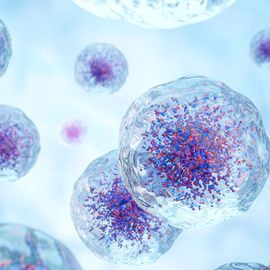Overview
- Nature Communications published the NYU-led study on September 25 identifying EP2 in peripheral Schwann cells as the pain-specific receptor for prostaglandin E2.
- In mouse models, locally silencing EP2 in Schwann cells abolished prostaglandin-driven pain responses while inflammation continued normally.
- Experiments with human Schwann cells showed EP2 activation sustained pain signaling through a pathway separate from inflammatory responses.
- The findings suggest selective EP2 antagonists could offer an alternative to NSAIDs, which are effective but linked to gastrointestinal, cardiovascular, renal, and hepatic risks.
- Researchers plan further preclinical safety work and are evaluating localized delivery strategies, supported by funding from the NIH, the U.S. Department of Defense, the European Research Council, and EU recovery programs.
